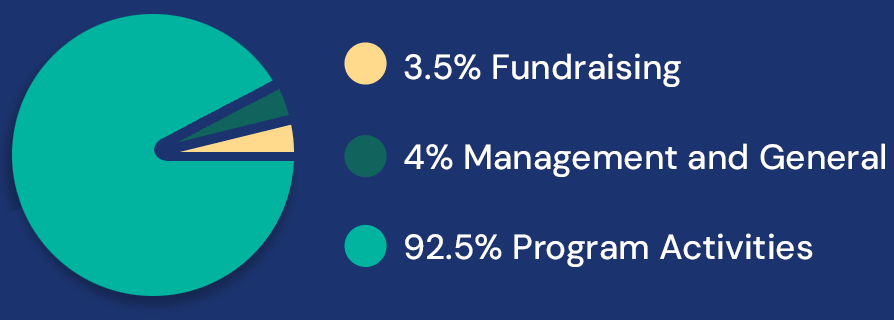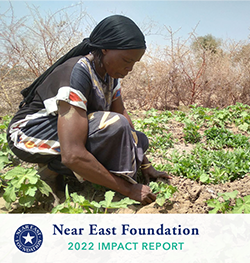by Blake Stilwell, Communications Officer
It was a long drive from Gavar to the Noyemberian region. Arman, who works at the NEF headquarters in Gavar and Arpine Baghdoyan, NEF Country Director and I took the three-hour drive past the Eastern shore of Lake Sevan, through the foothills and mountains of the Lesser Carpathians, and even took us a little into the disputed Armenian-Azeri territory. I am staying at a cabin on the shores of the lake, near a teahouse owned by Varazdat Karapetyan. Varazdat is a welcoming businessman who greets me every morning and takes the time to have a coffee with me while answering any questions I have about Armenia, business development, and microfinance.
Varazdat is a special fellow. He’s a successful businessman who lends his services as a consulatant to NEF and the Gegharkunik Chamber of Commerce and Industry (GCCI), supporting their efforts to help train small business owners and aspiring entrepreneurs in marketing and business techniques. His teahouse, Tsavotsots, is a quiet, calm place on Lake Sevan, which is probably the most beautiful place on Earth.
We arrived in the early afternoon and, despite the early morning rains, were met with sunshine and optimal weather, as well as Andranik himself. Andranik Veranyan has been affiliated with NEF since 2007, when the original model for NEF’s microfranchise project was conceived. After NEF and GCCI proved an effective business model could be created using a chain of Information Technology (IT) centers and then applied across a number of different IT centers across Armenia, each with a different independent owner, but branded together, it was then necessary to attempt to prove the model could work in a different industry. Andranik is a fruit dryer and fruit drying was the first real test of the microfranchise model. Andranik received training and funds for fruit drying, but also received funds to build his solar dryer.
We spoke for a while, and then I left to get footage of his operation and his wares. He took me around to the homes and areas from which he buys fruits. In Armenia, there are many kinds of fruit available, beyond the famous Armenian apricot. I saw peaches, kiwis and even bananas growing under the Armenian sun. He took us to one of his favorite peach orchards on a road that ran next to the border with Georgia, near Ayrum on the Debed River. As an American I found it funny to be in Armenia, a former SSR, now eating peaches next to Georgia.
Armenian apricots are famous for a reason… they are delicious.
We drove to lunch as a group to a small restaurant near a Georgian border crossing. We had our own little dining room, where we were served Uzbek-style rice and kebab.
In order to try most Armenian products and spirits, as of this writing, you must visit Armenia. You can’t even buy them to take home from the Duty-Free areas at airports. They struggle with export issues that keep Armenian products, like honey, off the shelves of foreign markets, like the US and the EU, but things are improving. Armenia’s entrance into Russia’s Customs Union has the potential to help get Armenian products the certification they need for import into regional markets. Hopefully soon, you’ll all be able to tast the sweet honey and wines Varazdat Karapetyan shared with me on the shores of Lake Sevan while I was his guest.


